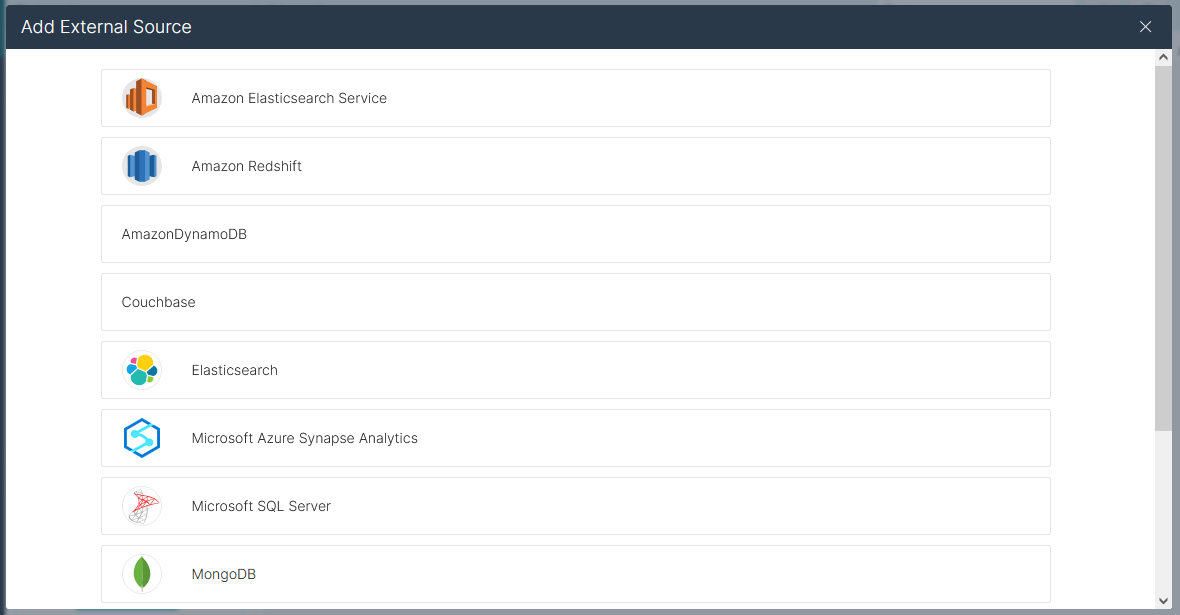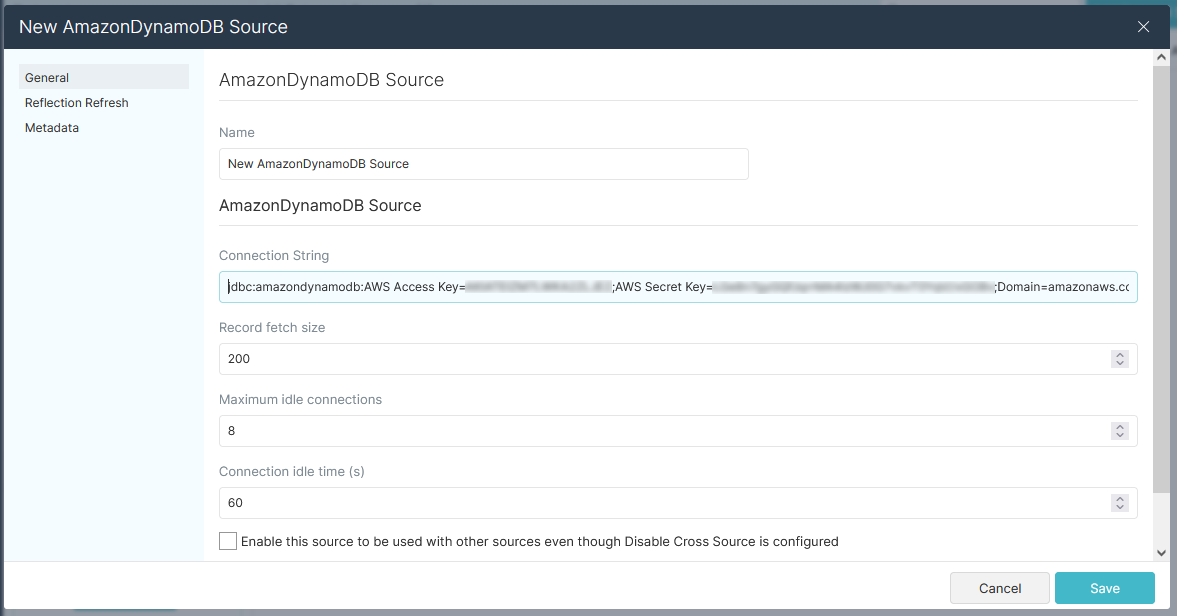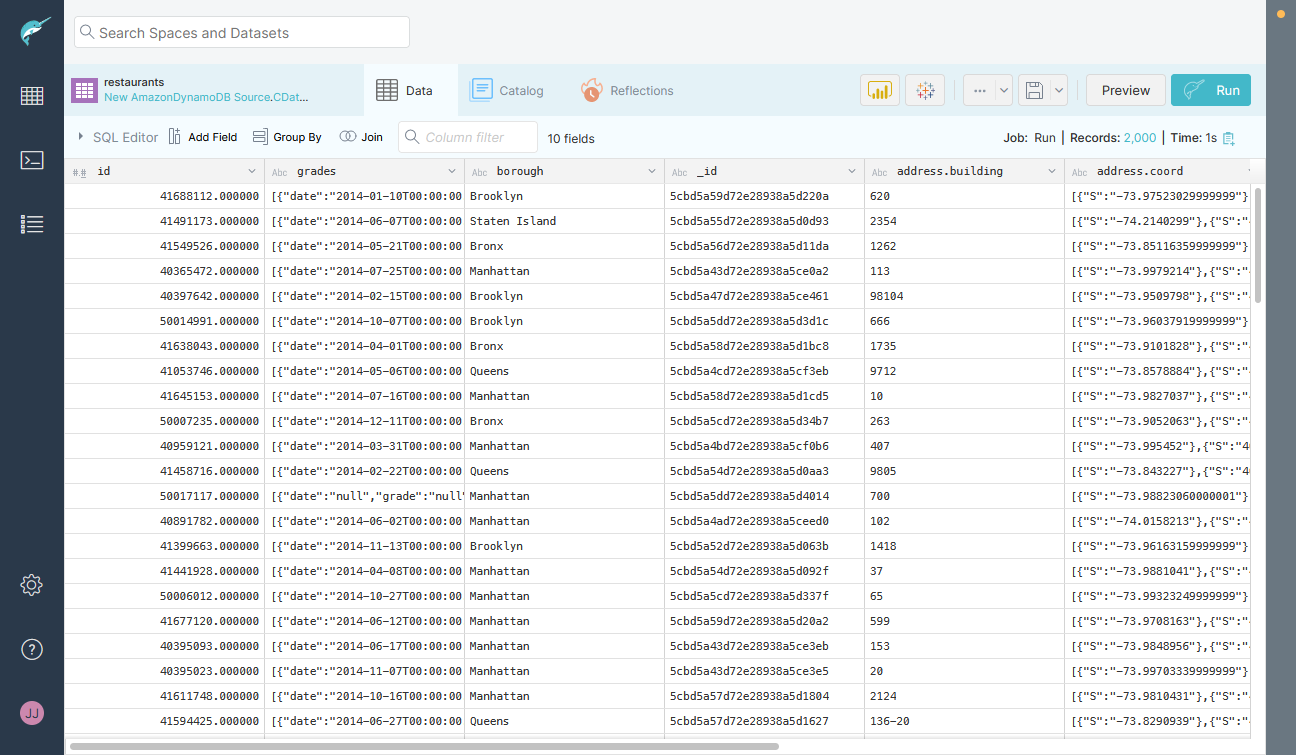Model Context Protocol (MCP) finally gives AI models a way to access the business data needed to make them really useful at work. CData MCP Servers have the depth and performance to make sure AI has access to all of the answers.
Try them now for free →Connect to Bullhorn CRM Data as an External Source in Dremio
Use the CData JDBC Driver to connect to Bullhorn CRM as an External Source in Dremio.
The CData JDBC Driver for Bullhorn CRM implements JDBC Standards and allows various applications, including Dremio, to work with live Bullhorn CRM data. Dremio is a data lakehouse platform designed to empower self-service, interactive analytics on the data lake. With the CData JDBC driver, you can include live Bullhorn CRM data as a part of your enterprise data lake. This article describes how to connect to Bullhorn CRM data from Dremio as an External Source.
The CData JDBC Driver enables high-speed access to live Bullhorn CRM data in Dremio. Once you install the driver, authenticate with Bullhorn CRM and gain immediate access to Bullhorn CRM data within your data lake. By surfacing Bullhorn CRM data using native data types and handling complex filters, aggregations, & other operations automatically, the CData JDBC Driver grants seamless access to Bullhorn CRM data.
Prerequisites
This article assumes you are utilizing Docker to run Dremio. You can create a Docker container with the Dremio service using a command similar to the follow:
docker run -d --name dremio -p 9047:9047 -p 31010:31010 dremio/dremio-oss
Where dremio is the name of the container, 9047 is the container's port for the Dremio web interface and 31010 is the port that maps to the Dremio query service. dremio/dremio-oss specifies the image to use.
Build the ARP Connector
To use the CData JDBC Driver in Dremio, you need to build an Advanced Relation Pushdown (ARP) Connector. You can view the source code for the Connector on GitHub or download the ZIP file (GitHub.com) directly. Once you copy or extract the files, run the following command from the root directory of the connector (the directory containing the pom.xml file) to build the connector.
mvn clean install
NOTE: The CData ARP Connectors are build to be compiled with Java 11. Be sure to install Java 11 and use the correct version. You can update your Java version using a command similar to the following:
sudo update-alternatives --config java
Once the JAR file for the connector is built (in the target directory), you are ready to copy the ARP connector and JDBC Driver to your Dremio instance.
Installing the Connector and JDBC Driver
Install the ARP Connector to %DREMIO_HOME%/jars/ and the JDBC Driver for Bullhorn CRM to %DREMIO_HOME%/jars/3rdparty. You can use commands similar to the following:
ARP Connector
docker cp PATH\TO\dremio-bullhorncrm-plugin-{DREMIO_VERSION}.jar dremio_image_name:/opt/dremio/jars/
JDBC Driver for Bullhorn CRM
docker cp PATH\TO\cdata.jdbc.bullhorncrm.jar dremio_image_name:/opt/dremio/jars/3rdparty/
Connecting to Bullhorn CRM
Bullhorn CRM will now appear as an External Source option in Dremio. The ARP Connector built uses a JDBC URL to connect to Bullhorn CRM data. The JDBC Driver has a built-in connection string designer that you can use (see below).

Built-in Connection String Designer
For assistance in constructing the JDBC URL, use the connection string designer built into the Bullhorn CRM JDBC Driver. Double-click the JAR file or execute the jar file from the command line.
java -jar cdata.jdbc.bullhorncrm.jar
Fill in the connection properties and copy the connection string to the clipboard.
Begin by providing your Bullhorn CRM account credentials in the following:
- DataCenterCode: Set this to the data center code which responds to your data center. Refer to the list of data-center-specific Bullhorn API URLs: https://bullhorn.github.io/Data-Center-URLs/
If you are uncertain about your data center code, codes like CLS2, CLS21, etc. are cluster IDs that are contained in a user's browser URL (address bar) once they are logged in.
Example: https://cls21.bullhornstaffing.com/BullhornSTAFFING/MainFrame.jsp?#no-ba... indicates that the logged in user is on CLS21.
Authenticating with OAuth
Bullhorn CRM uses the OAuth 2.0 authentication standard. To authenticate using OAuth, create and configure a custom OAuth app. See the Help documentation for more information.

NOTE: To use the JDBC Driver in Dremio, you will need a license (full or trial) and a Runtime Key (RTK). For more information on obtaining this license (or a trial), contact our sales team.
Add the Runtime Key (RTK) to the JDBC URL. You will end up with a JDBC URL similar to the following:
jdbc:bullhorncrm:RTK=5246...;DataCenterCode=CLS33;OAuthClientId=myoauthclientid;OAuthClientSecret=myoauthclientsecret;InitiateOAuth=GETANDREFRESH
Access Bullhorn CRM as an External Source
To add Bullhorn CRM as an External Source, click to add a new source and select BullhornCRM. Copy the JDBC URL and paste it into the New BullhornCRM Source wizard.

Save the connection and you are ready to query live Bullhorn CRM data in Dremio, easily incorporating Bullhorn CRM data into your data lake.

More Information & Free Trial
Using the CData JDBC Driver for Bullhorn CRM in Dremio, you can incorporate live Bullhorn CRM data into your data lake. Check out our CData JDBC Driver for Bullhorn CRM page for more information about connecting to Bullhorn CRM. Download a free, 30 day trial of the CData JDBC Driver for Bullhorn CRM and get started today.

